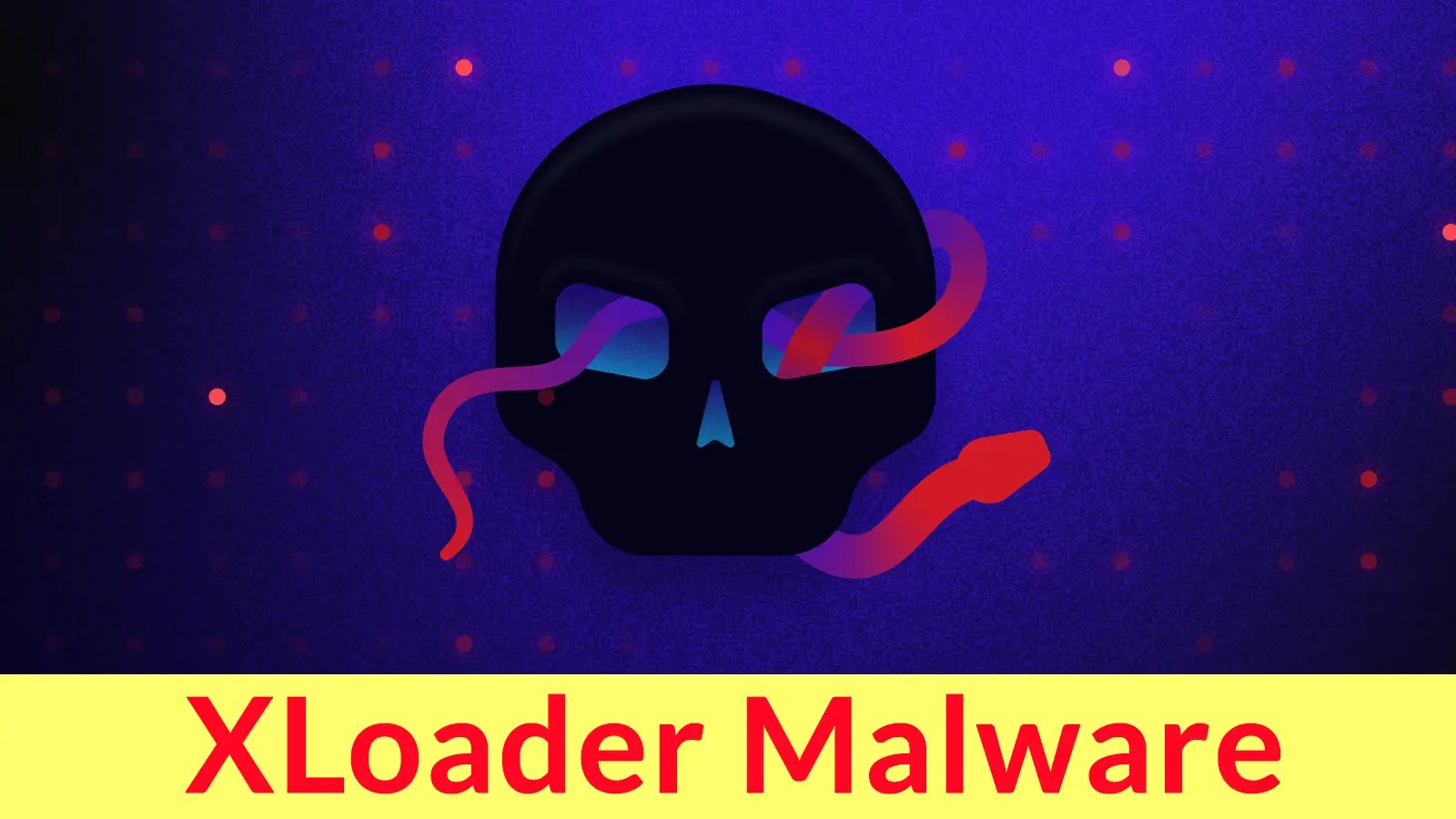Unveiling XLoader: How AI Accelerates Malware Decryption
XLoader, a formidable malware strain, has posed significant challenges to cybersecurity experts since its emergence in 2020 as a successor to FormBook. This sophisticated information-stealing loader employs advanced encryption and evasion techniques, making it a persistent threat in the cyber landscape.
The Evolution of XLoader
XLoader’s developers have continually refined its architecture, introducing complex encryption layers and obfuscation methods. The malware decrypts its code only during runtime, concealing its operations behind multiple encryption layers, each secured with distinct keys embedded within the binary. This design complicates static analysis and hinders automated sandbox tools, which often fail to execute the malware in virtual environments due to its aggressive evasion strategies.
Challenges in Analyzing XLoader
Traditional reverse engineering of XLoader is labor-intensive, requiring analysts to manually dissect the malware’s code to understand its functionality. The frequent updates and modifications by its creators further exacerbate the difficulty, as each new version introduces novel anti-analysis features that render previous research obsolete.
Leveraging AI for Malware Analysis
In a groundbreaking approach, Check Point researchers have harnessed generative artificial intelligence to expedite the analysis of XLoader. By integrating AI with reverse engineering tools like IDA Pro, they have significantly reduced the time required to decrypt and understand the malware’s inner workings.
Methodology
The researchers exported the IDA Pro database contents and processed them through cloud-based AI models. This integration allowed for a more efficient analysis without the need for continuous live disassembler sessions. The AI-assisted process not only streamlined the workflow but also enhanced the reproducibility and shareability of the results.
Decrypting XLoader’s Encryption Layers
XLoader version 8.0 employs a dual-layer RC4 encryption scheme to protect its payload. The first layer decrypts the entire buffer, followed by a second pass that processes 256-byte chunks using a different key. Each layer’s decryption requires specific keys derived through complex algorithms dispersed across multiple functions.
Through AI-assisted analysis combined with runtime debugging, the researchers successfully extracted the Stage-1 key (20EBC3439E2A201E6FC943EE95DACC6250A8A647) and the Stage-2 key (86908CFE6813CB2E532949B6F4D7C6E6B00362EE). This achievement compressed the traditionally time-consuming unpacking process into approximately 40 minutes, providing defenders with timely indicators of compromise.
Implications for Cybersecurity
The integration of AI into malware analysis represents a significant advancement in cybersecurity. By automating and accelerating the decryption and analysis processes, AI enables researchers to stay ahead of rapidly evolving threats like XLoader. This approach not only enhances the efficiency of threat detection but also improves the dissemination of critical information across the cybersecurity community.
Conclusion
The successful application of AI in analyzing XLoader underscores the potential of artificial intelligence in transforming cybersecurity practices. As malware continues to evolve in complexity, leveraging AI will be crucial in developing effective defense mechanisms and maintaining a proactive stance against cyber threats.



